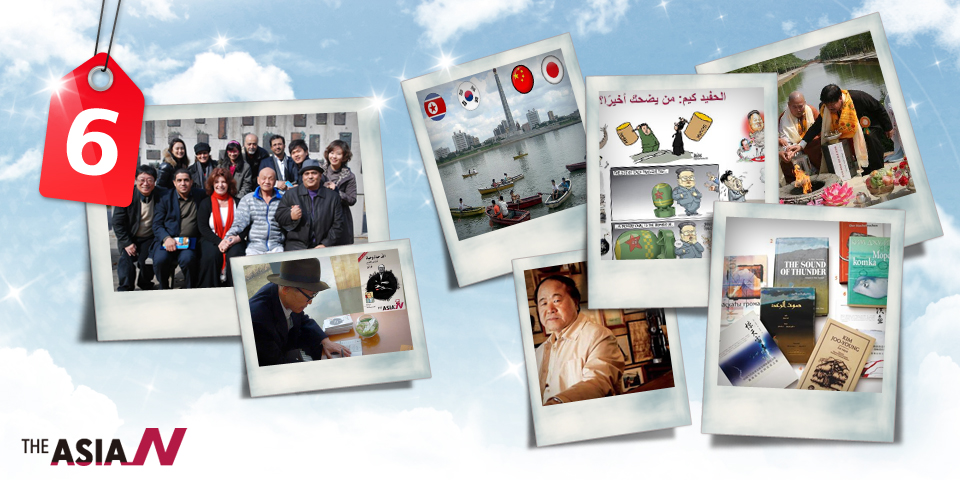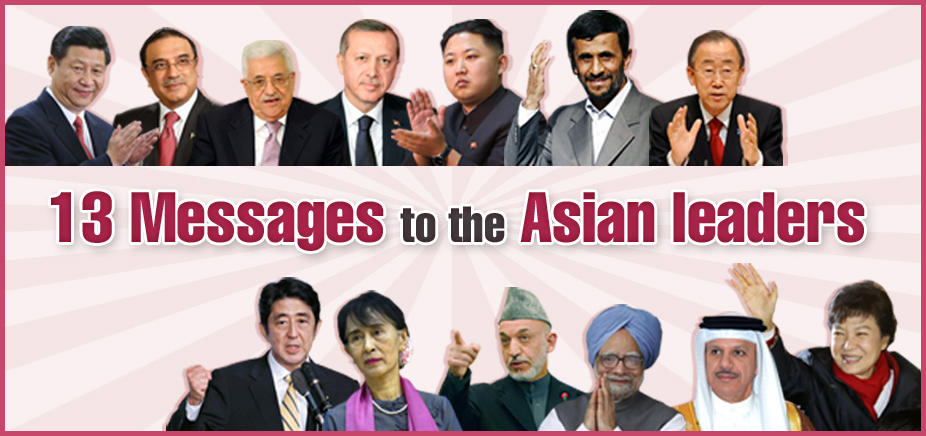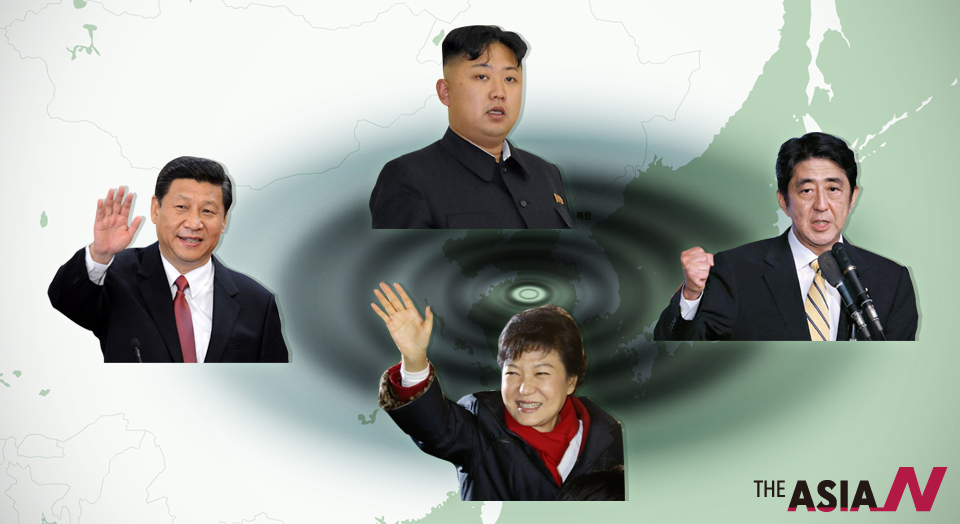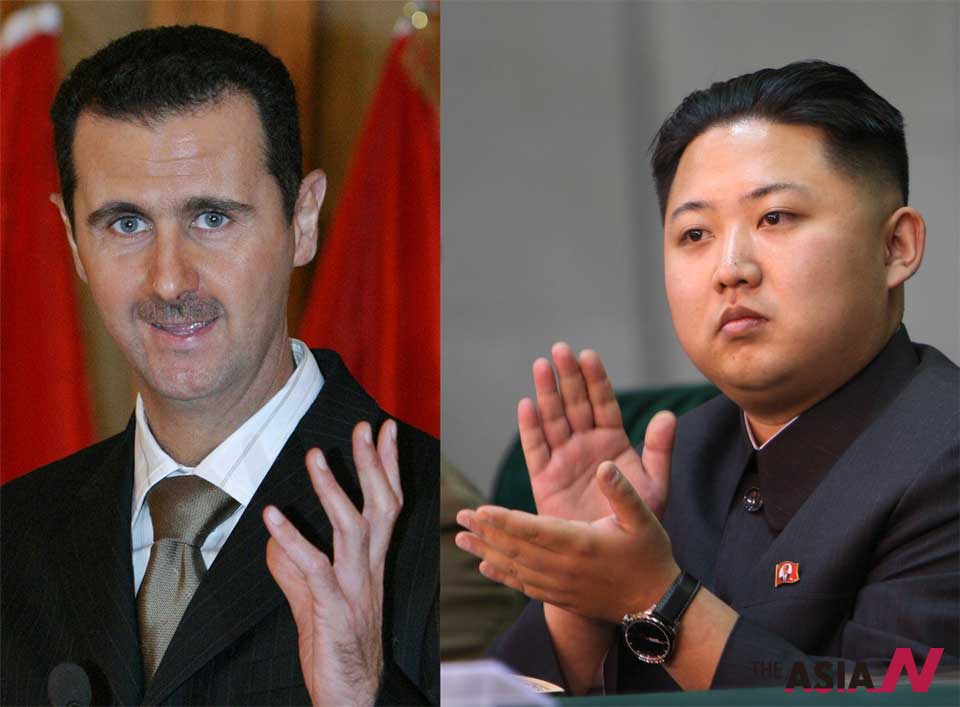[London Olympics] ⑤ The torch is the start
*Editor’s note: This is the fifth of six-part stories on the London Olympics
Art begins to kindle with the Olympic torch, moving from Olympia, where ancient Greek philosophers planted their ideas which produced a civilization around the world. The torch was introduced as a key event in the opening ceremony of the 1936 Berlin Olympics as part of the Nazi parliamentary campaign.
The torch lighting ritual reproduces the first games, and then it is carried lit in relays by world celebrities from one city, country and continent to another until it reaches the host city, with art glittering in the way the fire is carried by the last hand to the main stadium’s torch, the fire which, in ancient mythology, Prometheus stole from Zeus and it passes good governance on to man on earth.
The torch’s design changes from games to games, but it is always 72 cm long and weighs 985 gm. Its flame burns for 15 minutes (until another torch is lit and carried in relays at a height of 25-30 cm. It does not go out even when it rains. It’s a technical flame which can be caught by all cameras. (To watch the design of torch bearers over the centuries visit this website: (http//www. london2012-com/gmes/Olympic-/torch-relay/history).
London was already aware of the problem of attempts by demonstrators to hijack the torch, which led security authorities to change its route. A more serious problem happened in Paris when activists intercepted the torch en route, scuffled with the police and forced its bearer to put it out three times and the final stages of the course were cancelled.
The 2008 Beijing Olympic torch, whose slogan was “Light the passion, share the dream”, passed 22 cities in the world’s five continents and crossed all China’s provinces, regions and municipalities, covering 137,000 km in 130 days, and carried by 22,000 persons, a record number, difficult to repeat. This year the torch will be carried during 70 days by 8,000 people within the UK only until the day it is lit.
This year’s torch will unite the world’s youth through the “International Inspiration” programme. Twenty young men were selected from 20 countries, including an Egyptian – Muhammad Elsayyid, from Alexandria – to be among the torch bearers in relays in Nottingham, UK, on 28 June, and the others were from countries ranging from Azerbaijan to Zambia because of their commitment to inspiring children and the youth in their local communities through the power of sport or rising to the personal challenges which faced them in their life.
It is a joint programme involving the British Council, UNICEF and British sport authority. Everybody was happy, particularly Lord Seb Coe, Chairman of the Organizing Committee of the London Olympics and Paralympics, about the success of the programme which enriches the life of 12,000,000 children in 20 countries around the world through physical education and sport.





















